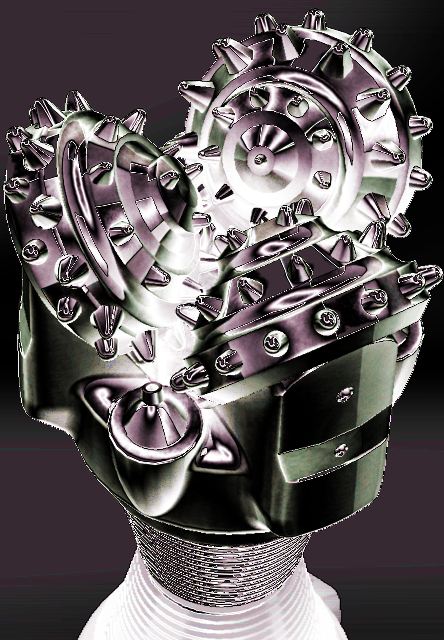UTS set for high-tech mining
 Australian engineers are looking for ways to 3D-print mining equipment.
Australian engineers are looking for ways to 3D-print mining equipment.
The University of Technology has partnered in a new research alliance with Downer to change the way composite polymers are used in the manufacture of equipment for mining.
UTS will house all project work at ProtoSpace, a new additive manufacturing facility at the UTS Broadway campus, to network and brainstorm various conceptual ideas.
Additive Manufacturing (AM), or 3D printing, is the fastest-growing manufacturing sector worldwide, offering many benefits in terms of new product development, time to market, reduced waste and lower product cost.
The new UTS Rapido advanced technology development unit aims to help industry, government and community partners translate innovative ideas and complex problems into viable products and solutions.
Associate Professor Alex de Andrade says the group will focus on delivering AM products with embedded Internet of Things (IoT) connected sensors. These sensors will direct operators to optimal set point recommendations in real time.
“This project will define an accelerated deposition and curing technique for AM which will hasten the way in which composite polymers are deposited to manufacture our mineral separation equipment, in particular, gravity spirals,” he said.
“We expect to see positive environmental impacts, such as decreasing the need for chemicals and reducing air contamination, which will significantly improve the operational environment for our manufacturing workforce.”
David Chuter, Innovative Manufacturing CRC (IMCRC) CEO and Managing Director, pointed out that applying AM technologies will not only revolutionise the manufacturing process of mineral separation equipment but the associated supply chain operations, especially when the equipment is fitted with IoT sensors.
“Mineral separation equipment is often operated in a remote and hostile environment,” he said.
“Deploying gravity spirals fitted with IoT sensors will offer Mineral Technologies a clear picture of the product performance. We also see that this innovative manufacturing approach and research could yield benefits for other sectors, such as vertical agriculture and other applications.”








 Print
Print